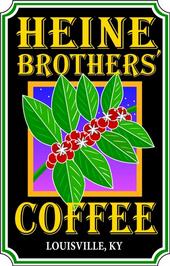The Stages of Development for Halloween:
1) Scared. (Ages 1-7) Halloween musters up images of ghosts and goblins, witches and werewolves; ghost stories, horror movies and creepy images dominate our understanding of Halloween.
2) Candy (Ages 8-12) The frightening images promoted by Halloween are displaced by the more practical desire to acquire and ingest candy.
3) Fun (Ages 13-24) Halloween becomes an excuse to party with our peers. Candy and Fear are no longer primary ways of understanding Halloween and are replaced with opportunities for interacting with the opposite sex, dancing, being fabulous and related behaviors.
4) Parenting–(Ages 25–49) Halloween becomes a wholesome family activity for parents and children to spend time together decorating the house, carving pumpkins, Trick-or-Treating, sipping hot apple cider and eating candy.
5) Partial Alienation (Ages 50-59) These are the years where you don’t have anything to do with Halloween except buy candy for Trick-or-Treaters whom you grow to resent bc you have other things you’d rather do on Halloween Night but don’t want your home TP’ed or egged.
6) Partial Re-Integration (Ages 60-74) Grandparents are often given one or more nominal roles for some sort of Halloween activities with the grandchildren. Usually a glorified form of babysitting for parents still stuck in Stage 3 (Fun) as their way of relating to Halloween.
7) Full Alienation and Full Re-Integration (Ages 75 — ) Although you no longer actively participate in any Halloween activities (e.g. decorating house and providing candy to Trick or Treaters), you have become a person about whom children hear scary stories in their neighborhood (Stage 1). Terms like Witch, Ghosts, Haunted House, Razor Blades, and other Halloween related story telling subjects get associated with you as your primary connection to Halloween.

















Leave a Reply